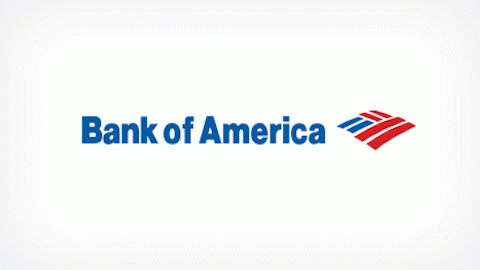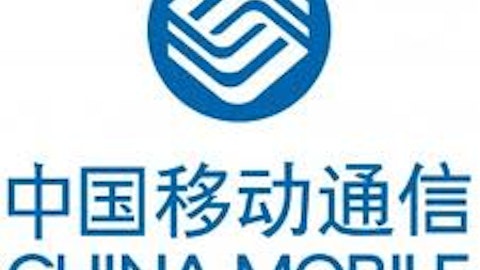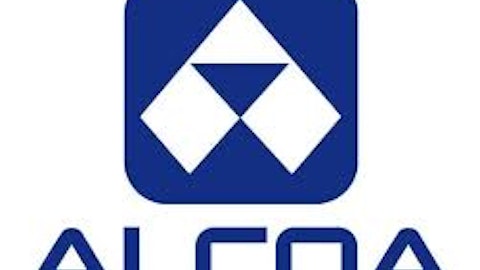Today, TV advertising has become an indispensable element of the worldwide advertising industry. American broadcasters alone are expected to sell $66.4 billion worth of advertising in 2013, which is a big (but not dominant) chunk of the $350 billion spent on TV commercials around the world. The single largest advertiser on local American TV stations is Ford Motor Company (NYSE:F), which frequently spends close to $100 million on local commercial time every quarter, according to Kantar Media. Other automakers are close behind — the auto industry combines to spend about twice as much on local TV advertising as either the communications or restaurant industries. When you include auto dealers and auto insurers in the tally, efforts to sell Americans on driving usually costs more than $1 billion every three months. This is just for local ads, which account for only 20% of all the money spent on TV advertising.
Walk(man) like an Egyptian
Before the iPod, there was the Sony Corporation (ADR) (NYSE:SNE) Walkman, the first successful portable cassette player. Released on July 1, 1979, the iconic blue-and-silver first-generation device came with two headphone jacks so a listener could share their favorite tunes with a friend. It was the result of a chance suggestion from Sony Corporation (ADR) (NYSE:SNE) chairman Masaru Ibuka, who was every bit the world traveler you might expect a major multinational executive to be, and who wanted a truly portable music player for those trips. Engineers modified an existing Sony Corporation (ADR) (NYSE:SNE) product between Ibuka’s request and his next long flight, and the prototype so impressed the executive that development began quickly once Ibuka pushed through internal objections by saying “Don’t you think a stereo cassette player that you can listen to while walking around is a good idea?”
History.com takes a look at the rush to completion.
After a breakneck development phase of only four months, Sony engineers had a reliable product ready for market at 30,000 Yen (approximately $150 in 1979) and available before the start of summer vacation for Japanese students — both critical targets established at the outset of development. The initial production run of 30,000 units looked to be too ambitious after one month of lackluster sales (only 3,000 were sold in July 1979). But after an innovative consumer-marketing campaign in which Sony representatives simply approached pedestrians on the streets of Tokyo and gave them a chance to listen to the Walkman, the product took off, selling out available stocks before the end of August and signaling the beginning of one of Sony’s greatest success stories.
At first marketed as “Sound-About” in the United States and “Stowaway” in Britain, the Walkman became the Walkman after company execs decided to riff on the Sony Corporation (ADR) (NYSE:SNE) Pressman cassette recorder their engineers had based the device on in the first place. By 1983, cassettes were outselling vinyl records for the first time, largely because of the popularity of Sony Corporation (ADR) (NYSE:SNE)’s portable player. Three years later, “Walkman” became part of the Oxford English Dictionary. Sony Corporation (ADR) (NYSE:SNE) had sold 200 million Walkmans by the end of its hugely successful run, paving the way for the iPod over two decades later.
The article Big Banks Get Bigger, TV Sells Out, and Music Gets Moving originally appeared on Fool.com and is written by Alex Planes.
Fool contributor Alex Planes holds no financial position in any company mentioned here. Add him on Google+ or follow him on Twitter @TMFBiggles for more insight into markets, history, and technology.The Motley Fool recommends Ford. The Motley Fool owns shares of Ford and JPMorgan Chase.
Copyright © 1995 – 2013 The Motley Fool, LLC. All rights reserved. The Motley Fool has a disclosure policy.



